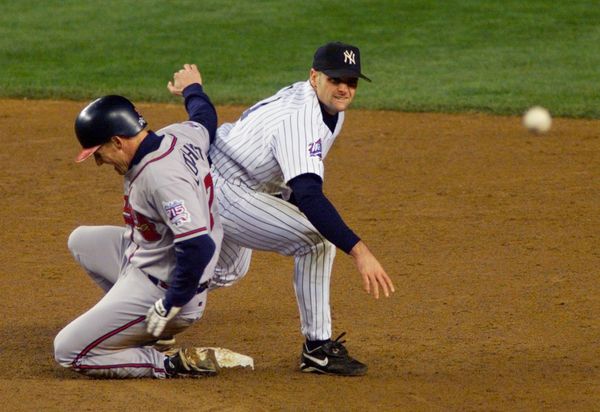
When asked to imagine the idyllic dive for sunken treasure, let's first picture the dive. Azure waters, silky sand, vibrant fish and flora. The treasure is glittering gold and rich-hued jewels. A real Disney treasure dive, that.
You might find this genuine treasure hunt a bit more nuanced. First off, the dive takes place at a hole. One of 18, to be exact. And the treasure is an enticing mix of synthetic rubbers and resin. We're all gonna be rich!
Advertisement
Welcome to the surprisingly lucrative world of golf ball divers, folks who spend their free time squinting through silt to find a used Top Flite. Although it may sound absurd, please keep in mind that one diver who plunges into British water hazards estimates a $150,000 haul from his hobby.
The reward is actually pretty simple: Golfers are obsessed with the right ball, and they'll pay a pretty penny for their preferred brand. Titleist sells one of its brands for $62 per dozen, for instance. And some golfers wouldn't mind paying a drastically reduced price for a slightly used (or "experienced") ball. So wet-suited divers slip into water features on courses, collecting balls for cleaning and reselling. They might even find a broker who will sell them to larger outfits, like cruise ships, to make a pretty penny.
Just how many pretty pennies depends on the brand. The average ball can be sold from around 30 cents to 75 cents, but better brands — some Titleist for instance — can be $2 a ball. Although some courses might charge you a fee, some appreciate the service and tell divers to take what they like.
Just remember that waterlogged balls don't last forever. About a month or two in the water is the longest a ball can go without causing some damage.
Advertisement

